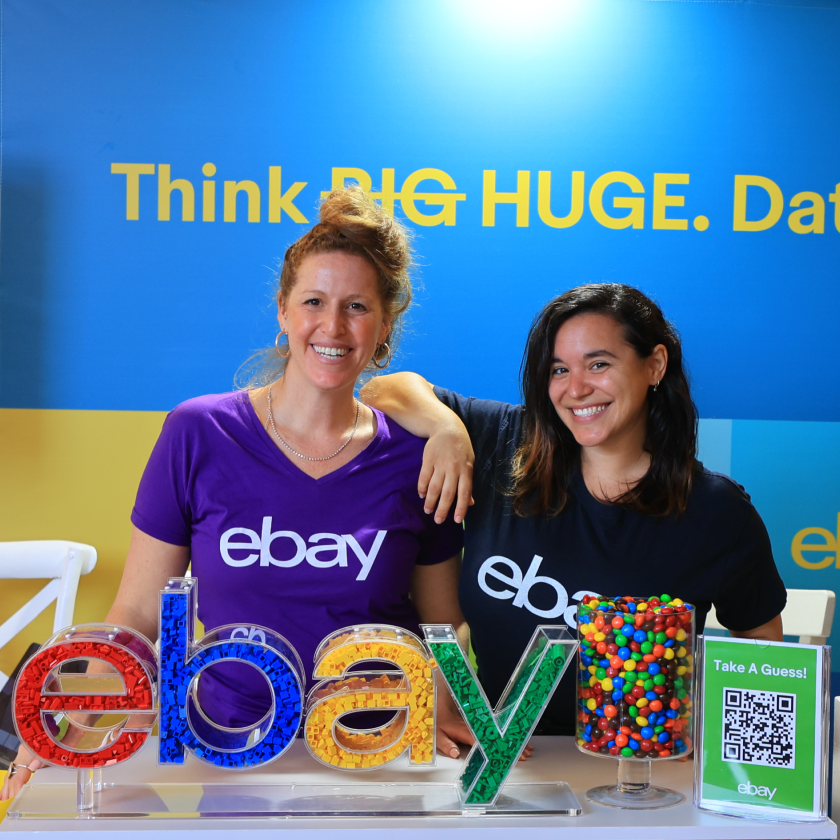Save the date
Sep 24th, Tel-Aviv
hayaData 2024 is coming
Creating a Community of Curiosity
About hayaData
hayaData conference is a not-for-profit event built for the data engineering, data science, BI, and data analytics communities. It is the place to hear insights from leading speakers, learn about the newest industry tools, and get best practices for working with big data.
We <3 data and we created this conference with the goal of bringing together the data community, data engineers & scientists, developers, researchers, and everyone interested in big data, to share knowledge and mingle. Every fan of data is invited.
Become a speaker
CFP is open! We’re looking for submissions in all things related to data – big data, data engineering, data science, databases, and any other aspect of the data world.
venue
David InterContinental Hotel, Tel Aviv
The conference will take place in David InterContinental Hotel, a luxurious venue for high-end events, right in the center of Tel Aviv
Venue websiteGet tickets
The talks will be either in Hebrew or English.
Before attending the conference we kindly request you to review our Code of Conduct.


















